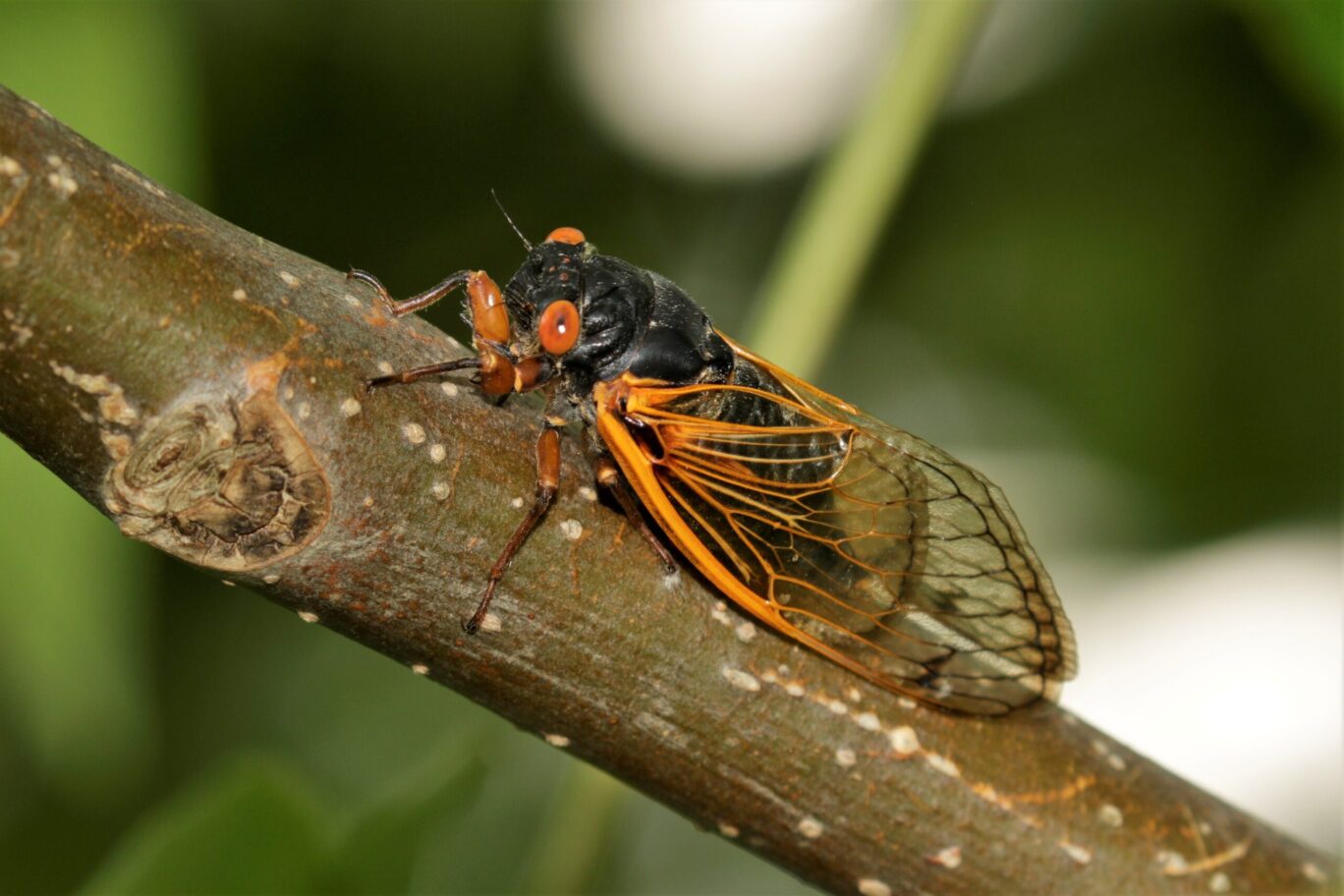
Brood XIV Periodical Cicada Emergence to Occur This Spring in Southern Ohio
Article Presented By Hometown-Motors, Inc.
(Southern Ohio) – Residents of southern Ohio will witness the emergence of a remarkable natural phenomenon in the spring of 2025: the arrival of Brood XIV (14) periodical cicadas in southern Ohio, according to the Ohio Department of Natural Resources Division of Forestry.
While there are annual cicadas throughout the world that emerge each year, periodical cicadas are a unique group of insects found only in eastern North America. These cicadas live underground as nymphs for either 13 or 17 years before emerging above ground in massive numbers. Different populations of periodical cicadas are called “broods” and are numbered with Roman numerals.
“We encourage everyone to take this unique opportunity to appreciate and learn more about these fascinating native forest insects and their value in naturally functioning ecosystems,” said Tom Macy, forest health program manager for the ODNR Division of Forestry. “With appropriate protection and care for small and newly planted trees and shrubs, residents can safely enjoy this incredible natural spectacle as it unfolds across southern Ohio in 2025.”
Of the 15 recognized broods of periodical cicadas, only four occur in the state of Ohio. Brood XIV, whose distribution stretches from northern Georgia to Massachusetts, is set to emerge in the spring of 2025 across more than a dozen Ohio counties such as Hamilton, Clermont, Brown, Adams, Scioto, Lawrence, Gallia, Butler, Warren, Clinton, Highland, Ross, Pike, Jackson, Washington, Greene, and Champaign. Most of these counties are in the southwest portion of the state. Some of the edge counties will not see as heavy an emergence as others.
Periodical cicadas emerge when the soil temperature reaches 64 degrees, which typically occurs in the second half of May, and they will remain active for three to four weeks as they focus on mating and reproduction. Male periodical cicadas produce a deafening chorus of calls to attract females. Once mated, female cicadas deposit their eggs into the branches of trees and shrubs.


Stem damage caused by cicadas (L) and dead leaves (R) as a result of cicada damage known as “flagging.”
While swarms of noisy insects may be unsettling for some, cicadas are harmless to people and pets. They are also a valuable food source for many native wildlife including birds, mammals, and fish. While egg-laying by female cicadas can cause “flagging” on trees and shrubs (death of branch tips, from the egg-laying site to the end of the branch), there is little to no impact on established, otherwise healthy plants. Small or newly planted trees and shrubs are more vulnerable to damage and can be protected by covering them with fine netting for the few weeks that adult cicadas are active. The use of pesticides is not warranted or recommended.
Periodical cicada emergences are rare and remarkable natural phenomena that have fascinated humans for centuries. Those wishing to participate in documenting this event are encouraged to use the Cicada Safari citizen science app to report their sightings, thereby contributing to ongoing research efforts.
Despite the temporary disruption, the arrival of Brood XIV cicadas in southern Ohio this year will be a fleeting natural experience, one that will be over within a matter of weeks, leaving the outdoors once again in relative peace.




























